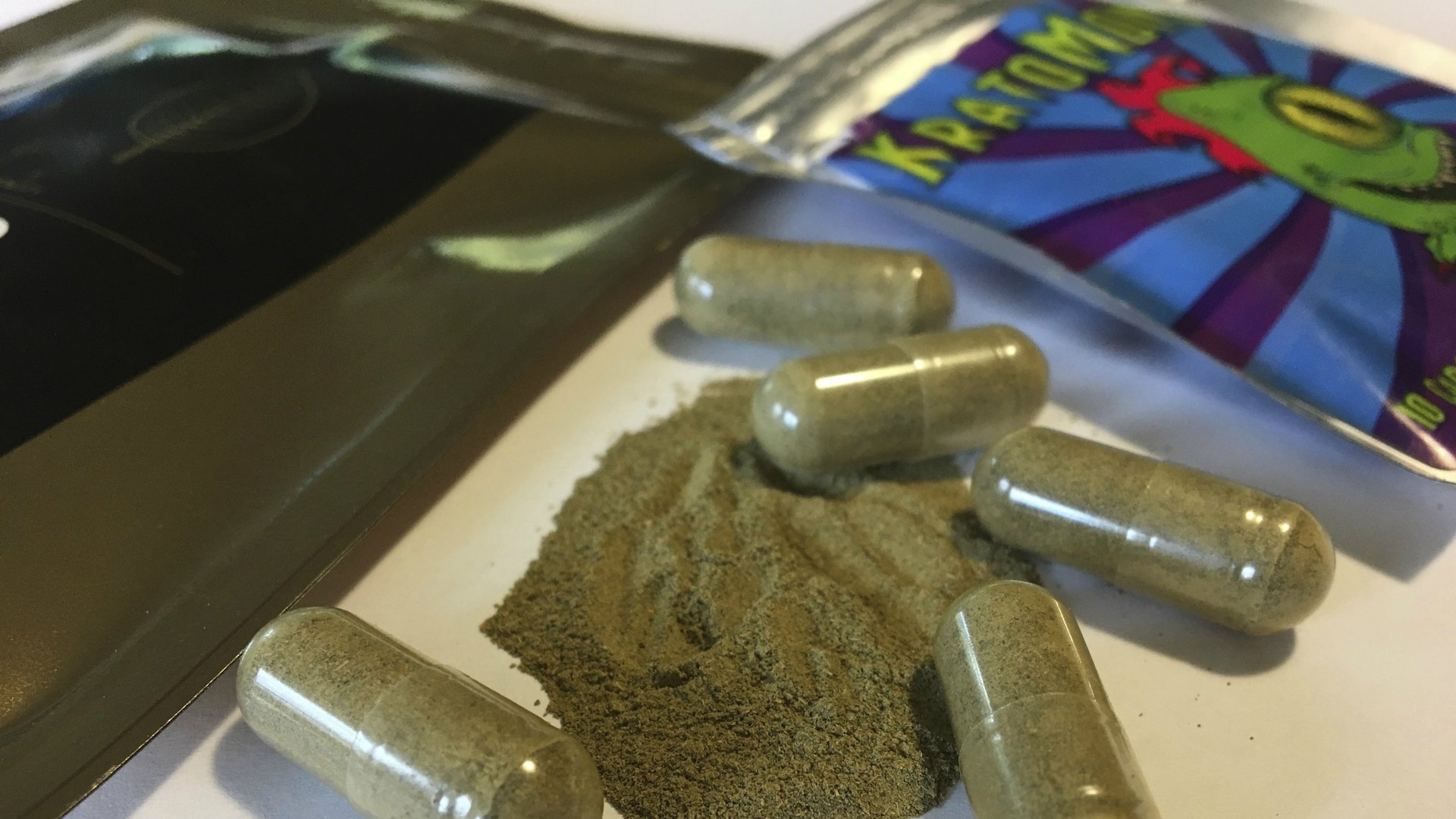The FDA is taking aim at a Southeast Asian herb that acts a lot like an opioid
The American government is cracking down on kratom, a plant native to southeast Asia that many in the US are turning to for relief from pain, depression, and symptoms of opioid withdrawal.


The American government is cracking down on kratom, a plant native to southeast Asia that many in the US are turning to for relief from pain, depression, and symptoms of opioid withdrawal.
The herb, technically legal but unregulated in the US, often comes in the form of a powder, which can be mixed into teas, or as part of a dietary supplement pill. This week (Feb. 6), the US Food and Drug Administration (FDA) announced its intentions to put an end to kratom use in the US, which is in the midst of an opioid abuse epidemic.
“We now have 44 reported deaths associated with the use of kratom,” said FDA administrator Scott Gottlieb in a statement, noting those are the number of deaths (pdf) since 2011 that involved kratom, among other things. “Kratom should not be used to treat medical conditions, nor should it be used as an alternative to prescription opioids. There is no evidence to indicate that kratom is safe or effective for any medical use.”
The FDA issued import alerts in 2012 and 2014 that included mention of kratom, signaling the agency felt it had enough evidence to warrant stopping it at the border. The plant has been characterized as a legal but unregulated herb. Since 2014, federal law enforcement officials have seized at least $5.5 million worth of kratom, according to the FDA.
Kratom is an evergreen tree in the coffee family, known scientifically as Mitragyna speciosa. It contains the psychoactive compounds mitragynine and 7-hydroxymitragynine, which affect the same opioid brain receptors as morphine. Like morphine, kratom is addictive, the FDA says.
The FDA’s recent action on kratom follows the US Drug Enforcement Administration’s (DEA) 2016 move to list the substance as a Schedule 1 drug under the Controlled Substances Act—in other words, a drug with a high potential for abuse, and, therefore, effectively illegal. That decision was stalled by Congress, which responded to public outcry that a thorough analysis of the drug be carried out first.
Since 2016, the FDA carried out more scientific analyses of the substance. Scientists at the agency used a computational model to map out kratom’s structure at a molecular level, study how its compounds may behave inside the body, and then learn how those compounds might potentially affect the brain. In his statement, Gottlieb said FDA scientists found that 22 of the 25 most-common compounds in kratom act like opioids in the brain. The DEA has yet to change its classification of kratom.
Not everyone is happy with the decision to restrict kratom use in the US. The American Kratom Association (AKA) is a Colorado-based non-profit committed to advocating on behalf of consumers so they can “make their own choices on their well-being.”
“Kratom is presently serving as a lifeline away from strong, often dangerous opioids for many of the several million Americans who use kratom,” the AKA said in a statement. “A ban on kratom…would put them at risk of relapse to opioid use with the potential consequence of overdose death.” The AKA has previously characterized the FDA crackdown on the herb as a “hoax” backed by shoddy computer models.
In 2017, research published (pdf) in the journal Neuropharmacology concluded that more research needed to be done on kratom, but that available evidence has not shown that any deaths have occurred due to use of kratom alone.
On Feb. 8, the group sent a letter (pdf) addressed to Kellyanne Conway, appointed as “opioid czar” by US president Donald Trump, asking the administration to intervene. Since December 2017, Conway has led a White House commission—described as a skeleton crew of political appointees—to tackle the US opioid crisis. The group that has recently been engulfed in controversy as health experts have accused the commission of ignoring scientifically-backed policy proposals.